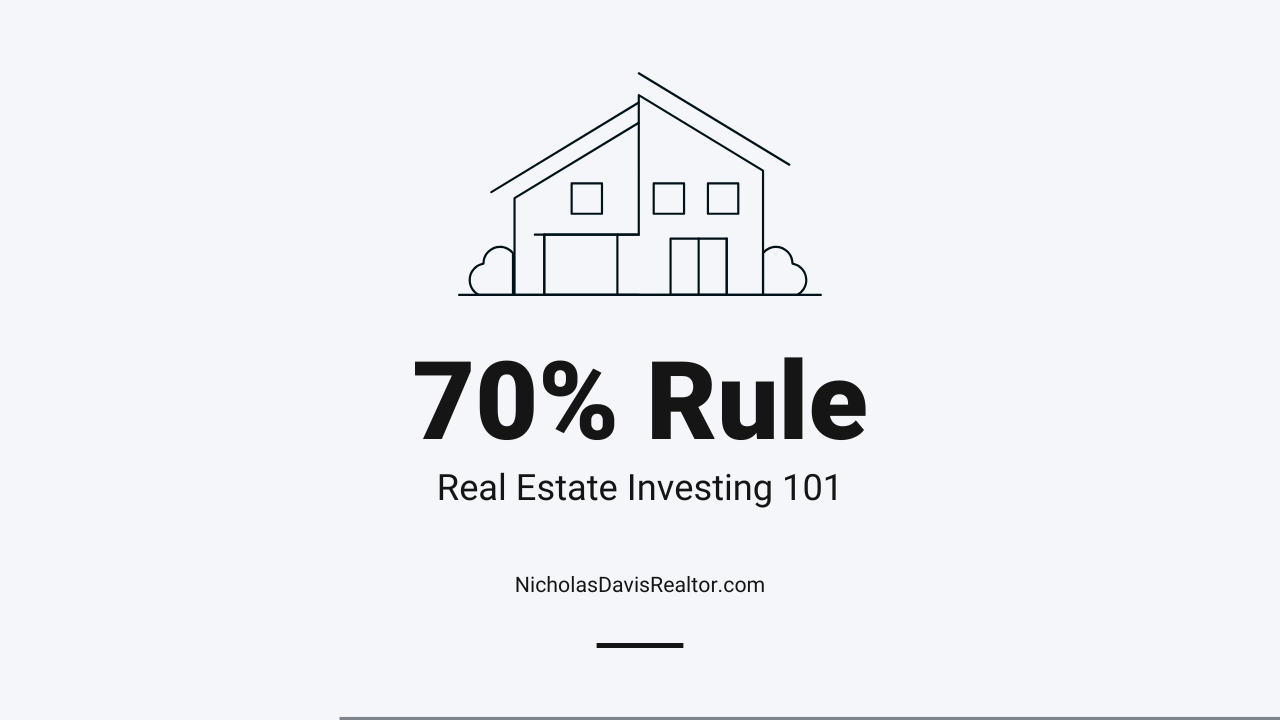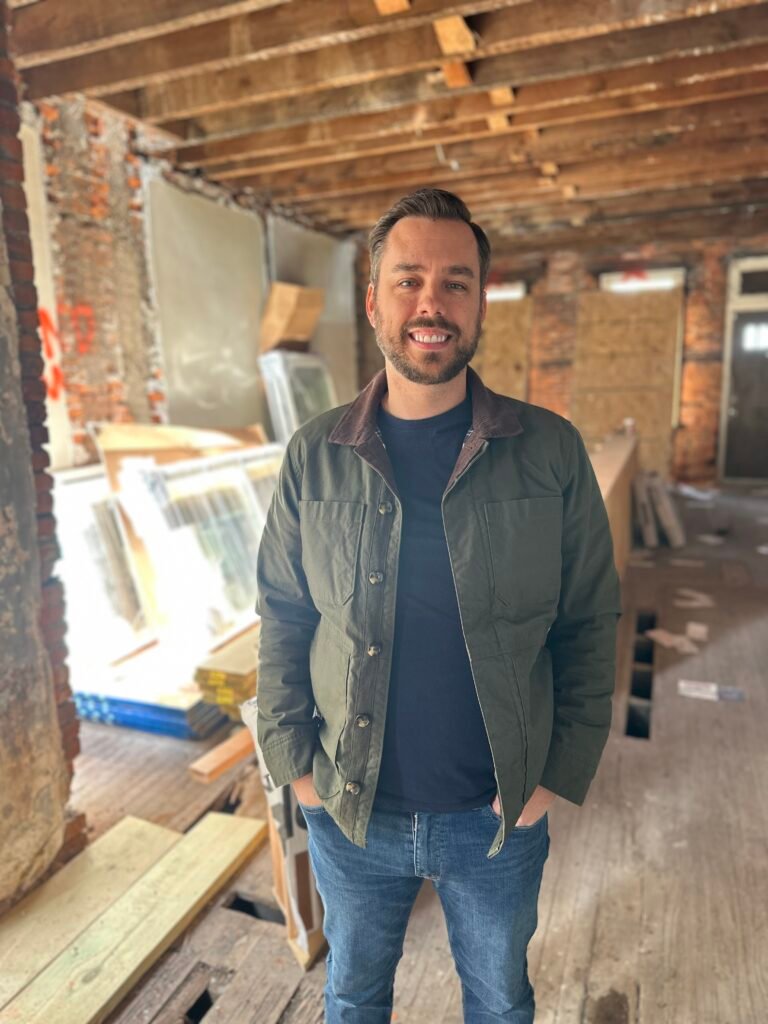Real estate investing can be profitable when approached strategically. One key rule many seasoned investors swear by is the 70% Rule, a simple formula to determine whether a potential deal is worth pursuing. But what exactly is this rule, and how can it help you maximize your returns?
What is the 70% Rule?
The 70% Rule is a guideline for evaluating fix-and-flip properties. It states that an investor should pay no more than 70% of the property’s after-repair value (ARV) minus the estimated repair costs.
Here’s the formula:
MaximumPurchasePrice=(ARV×70Maximum Purchase Price = (ARV × 70%) – Repair Costs
Why Does This Rule Matter?
By following this rule, you build a buffer for unexpected costs and ensure your profit margins are protected. It helps you avoid overpaying for properties, which is crucial in today’s competitive market.
Example Calculation:
Let’s break it down:
- ARV: $300,000
- Estimated Repairs: $50,000
Using the formula:
(300,000×70(300,000 × 70%) – 50,000 = 210,000 – 50,000 = $160,000
This means you should offer no more than $160,000 for the property to keep the deal profitable.
Key Takeaways:
- The 70% Rule is not a one-size-fits-all solution but a guideline.
- Adjust the percentage based on your market (e.g., lower percentages for markets with higher risks).
- Always conduct thorough due diligence to back up your calculations.
The 70% Rule simplifies decision-making and helps investors maintain profitability by factoring in repair costs and risk. While no rule replaces thorough research and experience, this is a great starting point for evaluating deals. With careful planning and execution, it can guide you toward successful investments.



